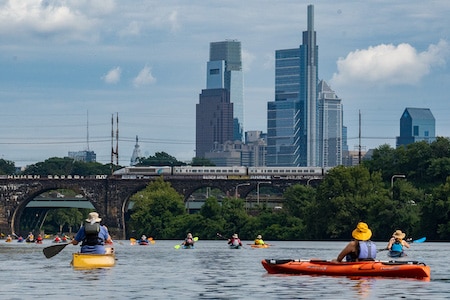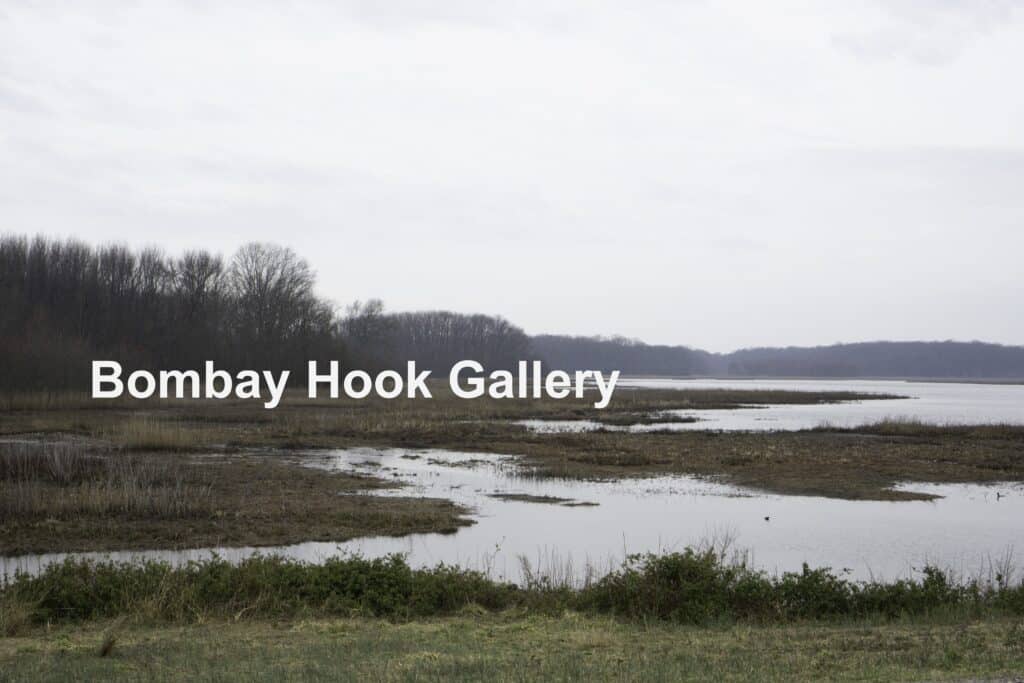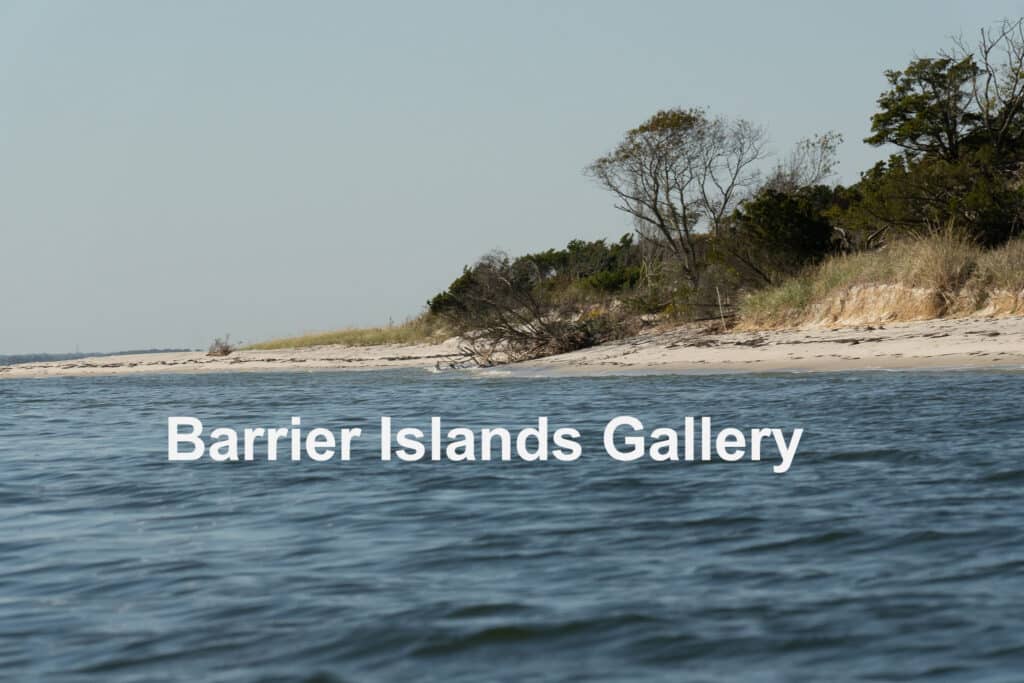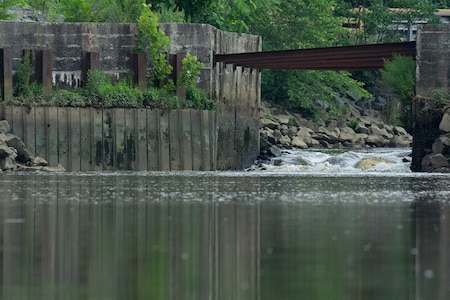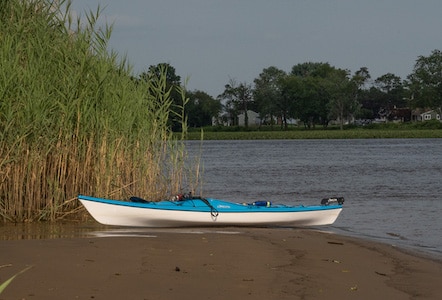Schuylkill River Sojourn
A five-day camping and kayaking trip down the Schuylkill River is like being in a time machine with a touchy controller, rocketing back and forth through a few centuries. Paddling and camping to traverse the river goes back thousands of years. One passes nuclear cooling towers and lock keepers houses. The rumbling, clacking trains accompany the drone of highways, all following the river to Philadelphia. There are remnants of the canals that preceded the trains and trucks. In places, one can almost hear the footfalls of the mules and the encouragement of the bargemen. History is much more than Washington’s army becoming a proper army while wintering on these riverbanks
